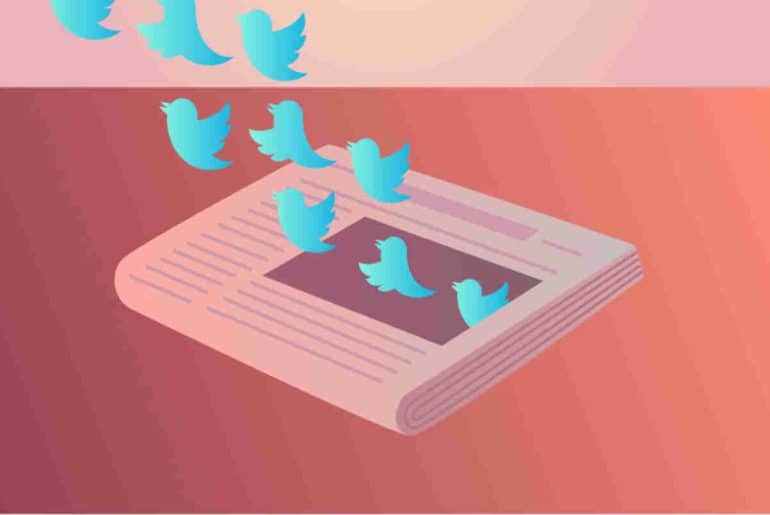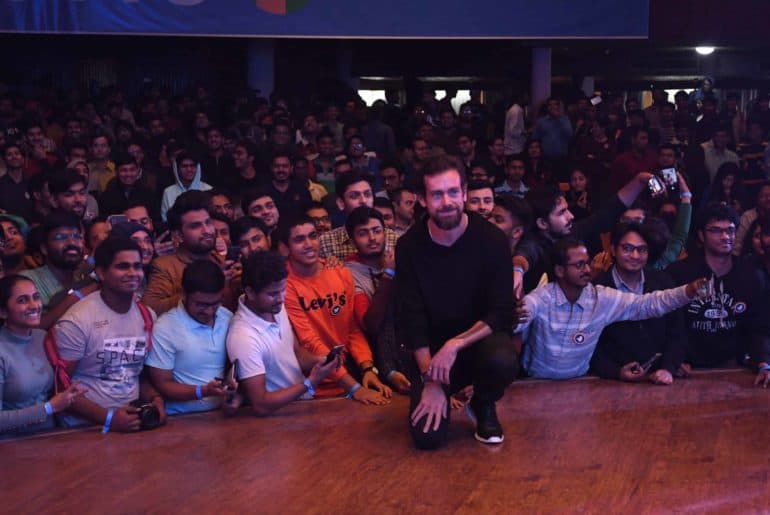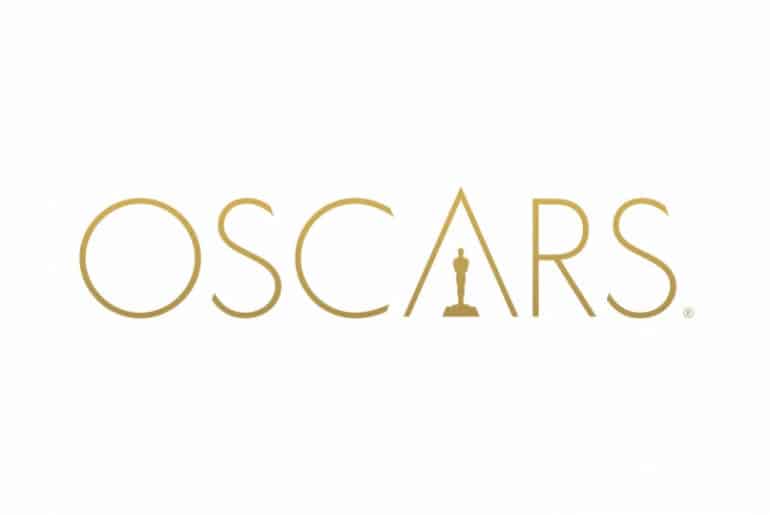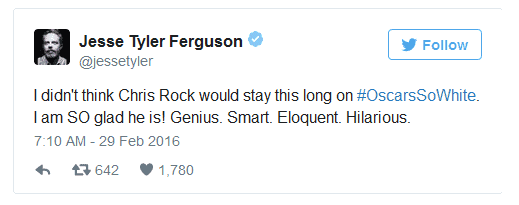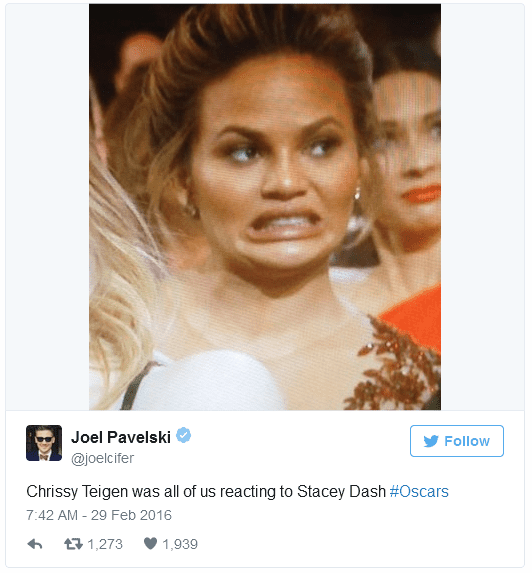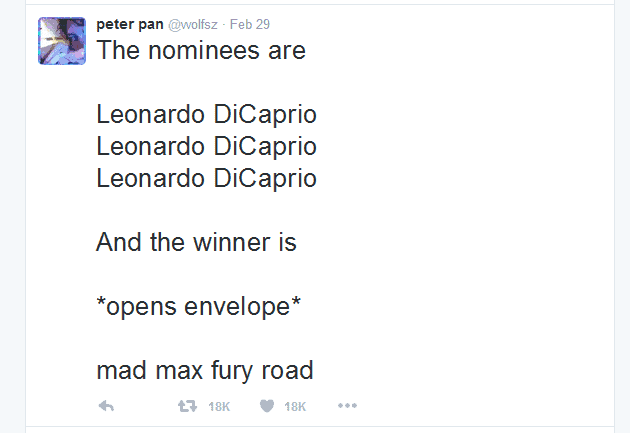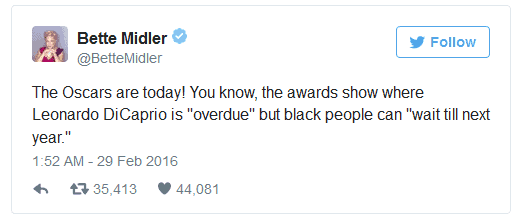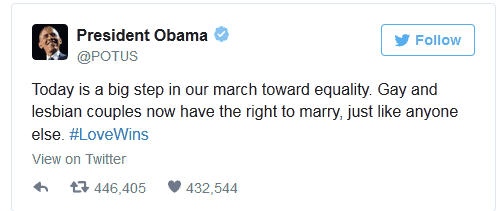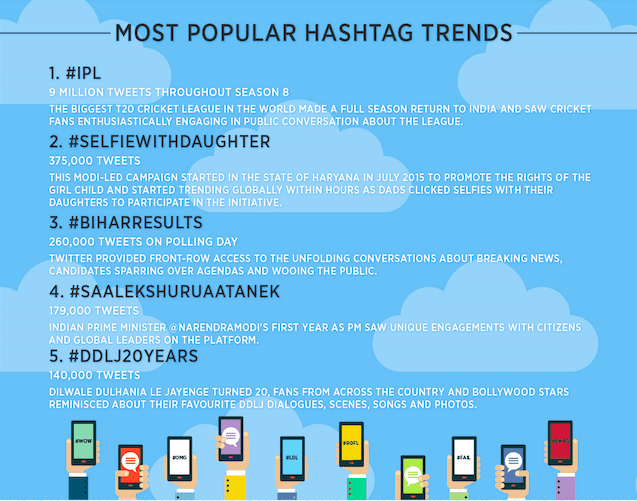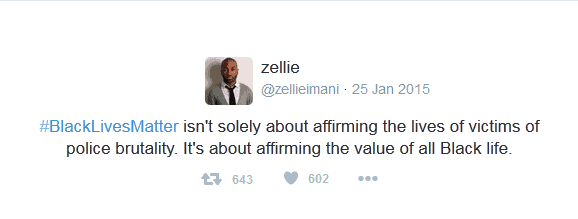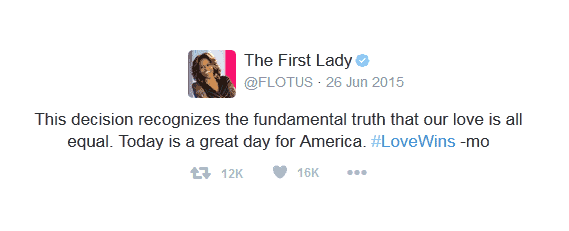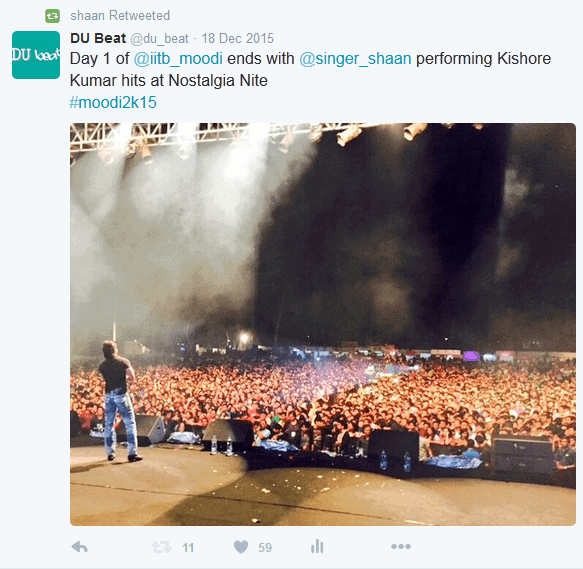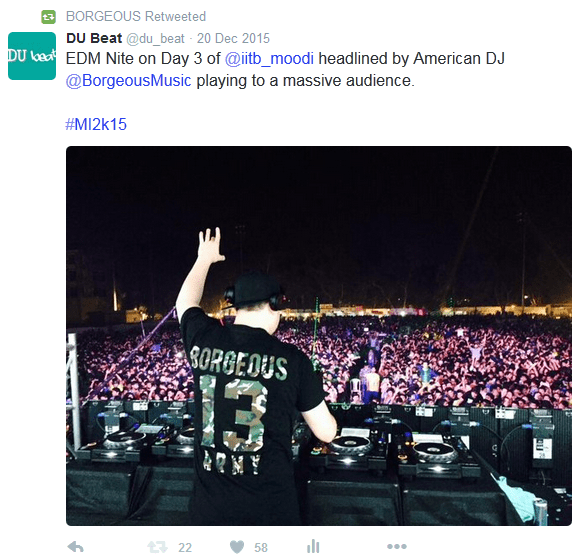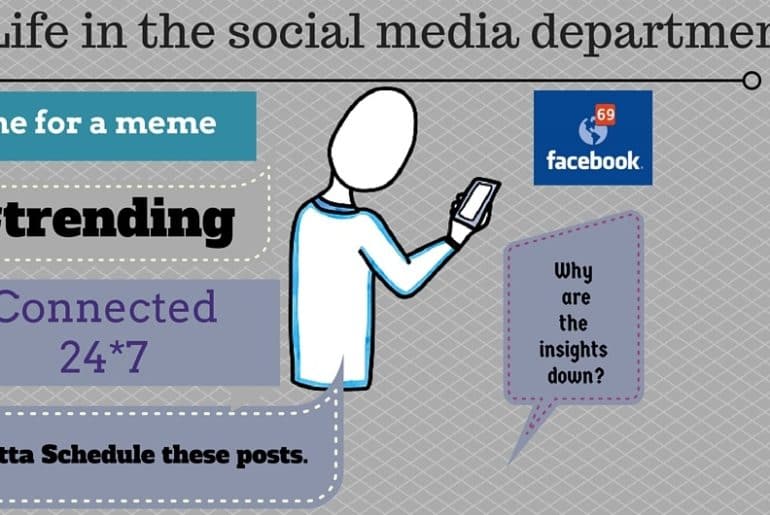Do you also get your daily news from Twitter? Was the last time you opened and actually read a newspaper never? Then this journalism is for you.
“Russia invaded Ukraine”, you said, after getting an afternoon update on your phone. Scrolling, you could see notifications coming in from various news apps and digital platforms. You could feel the urgency behind these; the need to be the first one to cover it, the one that takes on a different angle.
In the 21st century, when our eyes are glued to our screens and our hands to our phones, traditional forms of journalism have been, slowly but steadily, losing relevance. While many of those in the older generations would still rather read the news fresh off the press, waiting for it at its designated daily time and savouring it like a meal, a majority of the younger audience prefers to consume news in the form of bite-sized snacks— considerably low effort and easy on their time.
Social media journalism has been called the fifth pillar of society, just after the traditional mass media which is considered the fourth pillar. Putting this into perspective, in a country where almost 60% of the population lives in poverty (UNU study), we see that 68% of the total population ends up consuming news through their smartphones (TOI article based on Reuters report). This creates an incessant (and almost crazy) need for journalists to be on their toes all the time— to grab news leads as soon as they come onto the social media space, to update ongoing stories, and to be the “winner” in this race of social media journalism. Going beyond the ambit of honesty and reality, this fast service journalism comes with its own fallacies. With WhatsApp forwards being an up and coming “news house”, it sometimes feels as if rationality gets thrown out a window. Put into this mix the rightly-placed notion of “too many cooks spoil the food”— with anyone and everyone having a platform to voice their opinions, which, more often than not, are partially-informed and poorly analysed hearsay-bearing gossip- news and sources get diluted to their best.
Disinformation is worse than misinformation, Disinformation is purposeful misinformation,” an article from Youth Ki Awaaz
Last year, media houses like Tatva India and Yuvadope ended up publishing false news pieces about communal unrest and post-poll violence in Bengal. Does this mean that a race to be the first justifies such infringement upon the truth? Does it entail that a paucity of time needs to be accompanied by a paucity of integrity?
But nothing is all good or all bad. Social media journalism goes hand-in-hand with citizen journalism, enabling stories from across the world to find a voice free from state control (except in cases when the state has banned the internet itself). It ends up giving a platform to journalism, to step out of the shadows of money and political power, to be a channel of the people, by the people, and for the people, and to sometimes truly be what it is meant to be— the plain and simple truth.
Feature Image: theatlantic.com
Manasvi Kadian

